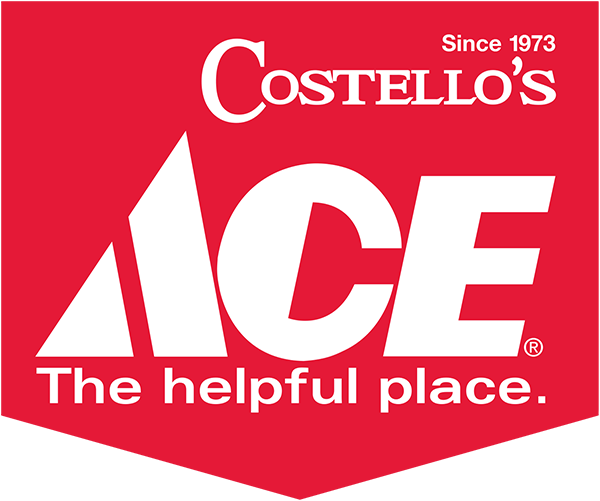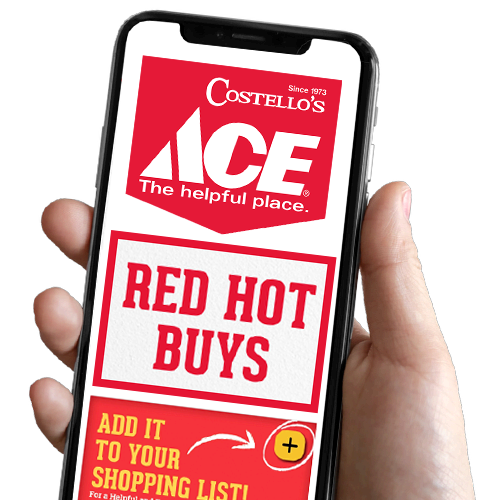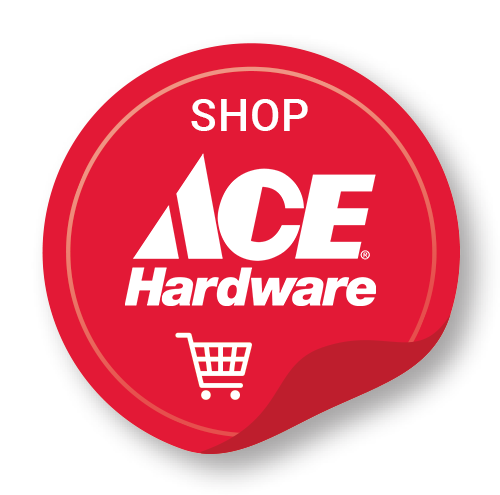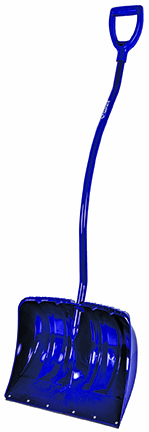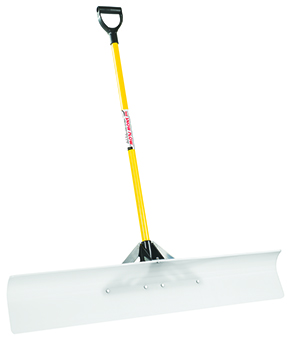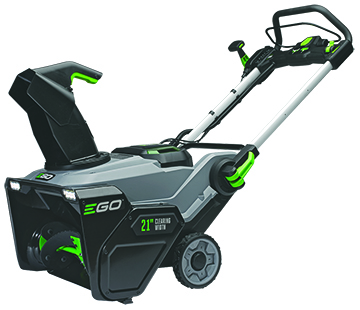Snow Removal: Helpful Tips
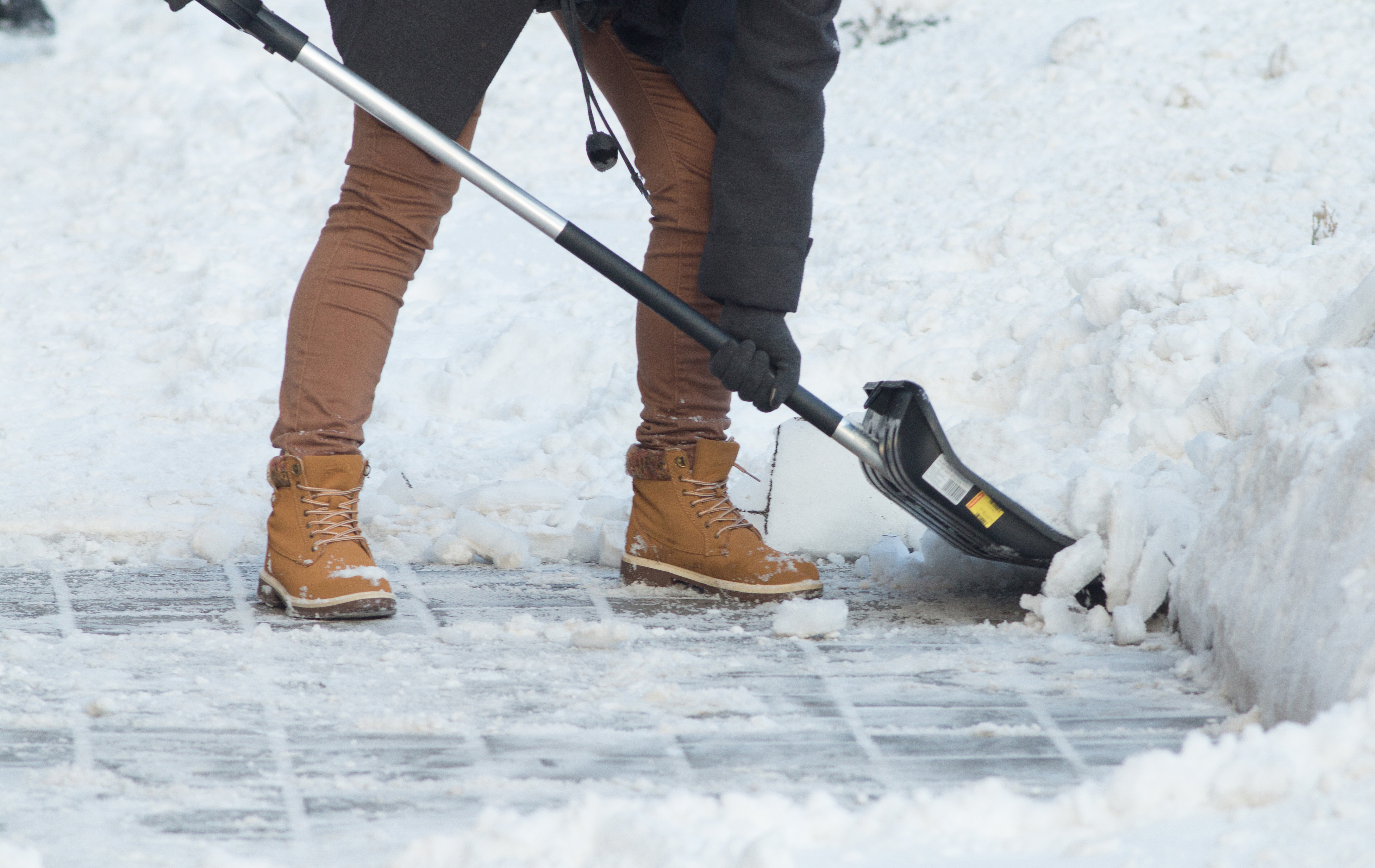
Since we live in a colder climate, snow removal is an inevitable routine in the winter months. If clearing snow and ice is part of your seasonal reality, try these helpful tips to make the job easier.
Tips for Snow Removal:
Have the Tools You Need BEFORE the Snow Hits:
The old adage “an ounce of prevention is worth a pound of cure” is especially true when there’s also more than a few pounds of snow in the mix. Make sure you have the proper tools you will need for snow removal. Did you remember to gas up the Snow Thrower? Do you have a working battery if your snow thrower is Battery Operated? Do you even have tools? At the bare minimum you will want a snow shovel with an end strong enough to handle ice of at least half an inch thickness, driveway ice melt or similar equivalent and proper cold weather winter wear. While these are by no means the only tools you will want, they are a decent foot in the door.
Know Your Tools And Your Removal Needs:
Do you have a 120' driveway? You may want more than a shovel or two in your arsenal. Does the extent of your snow removal responsibilities run from your house’s door to the sidewalk? Maybe you don’t need that two-stage snow thrower. Do you know the differences between a Pusher Snow Shovel and a Scoop Snow Shovel? What Ice Melt is best for your needs? Is your driveway big enough that Snow Fencing might be called for to help manage drifting? Make sure to ask an ACE professional concerning any questions you may have.
Spread Ice Melt:
As soon as snow and freezing rain begin to fall, spread ice melt on the driveway and walkways to help slow the freezing process. This will not only make the removal process easier, but it should make it safer as well. Make sure to read the usage instructions for coverage specific to the ice melt you are using, as different products will have different strengths and range of temperature usage, as well as other characteristics to keep in mind (such as potential toxicity).
Don't Wait For Snow To Accumulate:
Grab a shovel and get outside as soon as you can. Don’t rely on the sun to melt the snow, as a sudden drop in temperature can solidify snowfall quickly, resulting in ice. Clear more than just a single-shovel path on the walkways, which will make walking safer.
Clear Ice Patches:
If you can’t remove a patch of ice, spread ice melt on the patch. Then, crack it with an Ice Chisel or heavy-duty scraping tool. This will help accelerate the melting process.
Tools Of Snow Removal:
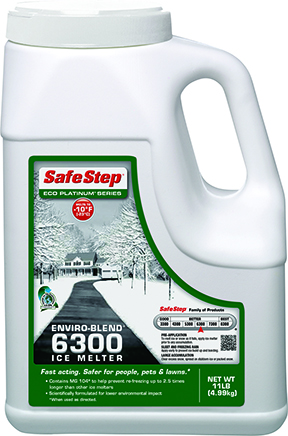
Ice Melt:
These are specific chemical compounds of salt and heat-generating solids. Check the bag to be sure the type you choose works at the temperatures you’re experiencing.
This is a big one and you want to make sure you have the right stuff and are using it correctly. Rock Salt is the least expensive product to use and is very effective, but it can also be rough on vegetation. It has even been known in some cases to damage concrete and asphalt. If you choose this option, use it sparingly and when things warm up broom off the excess.
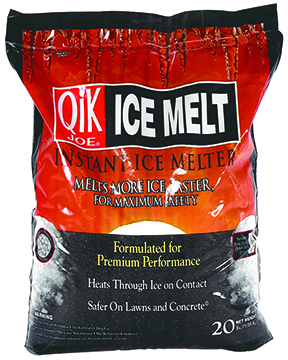
Calcium and Potassium Chloride are also very effective, but are less harmful to plants. Some ice melts with these chemicals also have versions that are Pet Friendly. While you still need to wipe the paws of your outdoor pets when they come in with a damp rag, they are far less aggressive on their pads. There is also liquid Calcium Chloride, branded as Qik Heat, that is a great choice for homes with pets. These liquids are designed for use as a pre-treatment when you know the snow is coming. It leaves a layer on surfaces like concrete and blacktop which creates a barrier that helps melt lighter snowfalls and ice. This treatment has the added benefit of aiding in snow removal as it keeps ice and snow from sticking to your driveway / sidewalk.
Some melting agents have the potential to cause skin irritation, so wear gloves when handling them. A hand-held or Broadcast Spreader works great as a tool for spreading the granules.
Snow Shovel:
It is recommended that you have a strong, light shovel to move snow easily and prevent muscle strain. It is also a good idea to choose one with an Ergonomically Correct Handle to protect your back. You may want several different types of shovel to address the different types of removal tasks you may face. You’ll likely want at least one wider, Plastic Shovel for standard snow removal purposes as well as a solid, Metal Shovel to help break and haul ice.
Snow Pusher:
Good for moving heavy, wet snow, these tools do what their name implies: They assist you in pushing large volumes of snow from one end of the driveway to the other. As an extra-added bonus, you can stand up straight instead of bending over while you shovel to put less strain on your back. For larger driveways, you may wish to invest in a Sleigh Shovel.
Snow Roof Rakes
We have a complete article on this piece of snow removal gear, which can be accessed by clicking HERE.
Snow Thrower:
Although more expensive upfront than purchasing a shovel, investing in a good snow thrower (or “Snow Blower” as they are sometimes known) can pay off by cutting down the time you spend shoveling, or recovering from aching muscles, and the maintenance is as easy as keeping your lawn mower in tune. Snow throwers come in Single-Stage and Two-Stage: Single-stage units are designed to handle most snowfalls for your home driveway and sidewalks where Two-stage units are for bigger jobs, heavier snows and longer work times.
Hopefully we’ve gotten you on the path to a more manageable winter. As always, if you have more questions, please read our article on Winter Storm Preparedness, or consult an ACE employee for more information.
